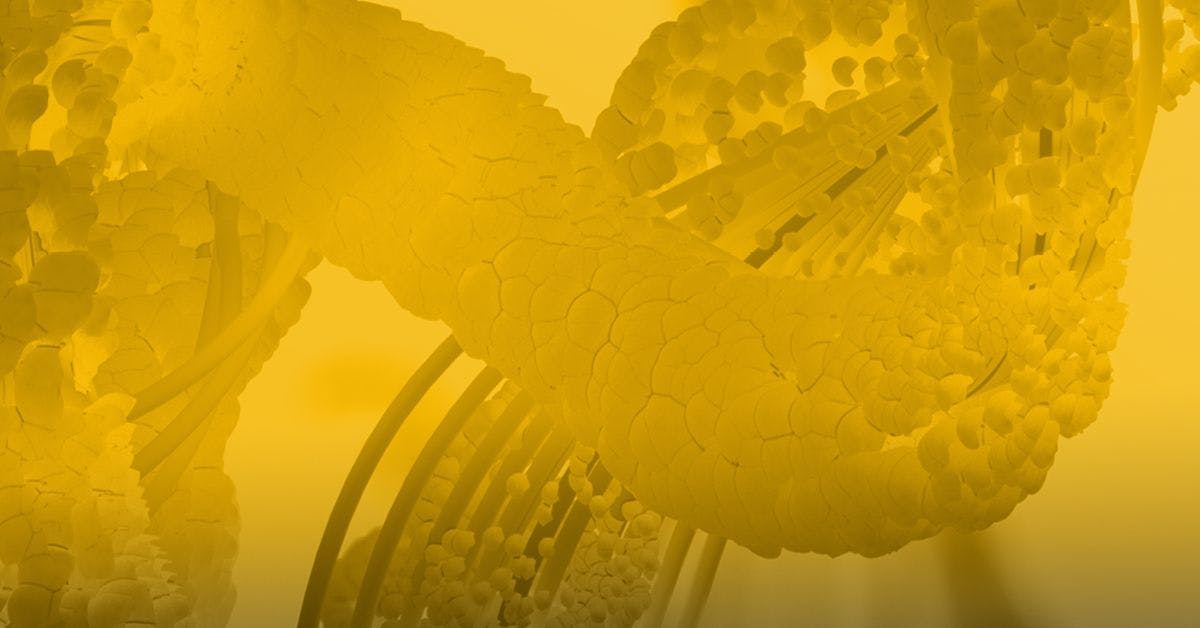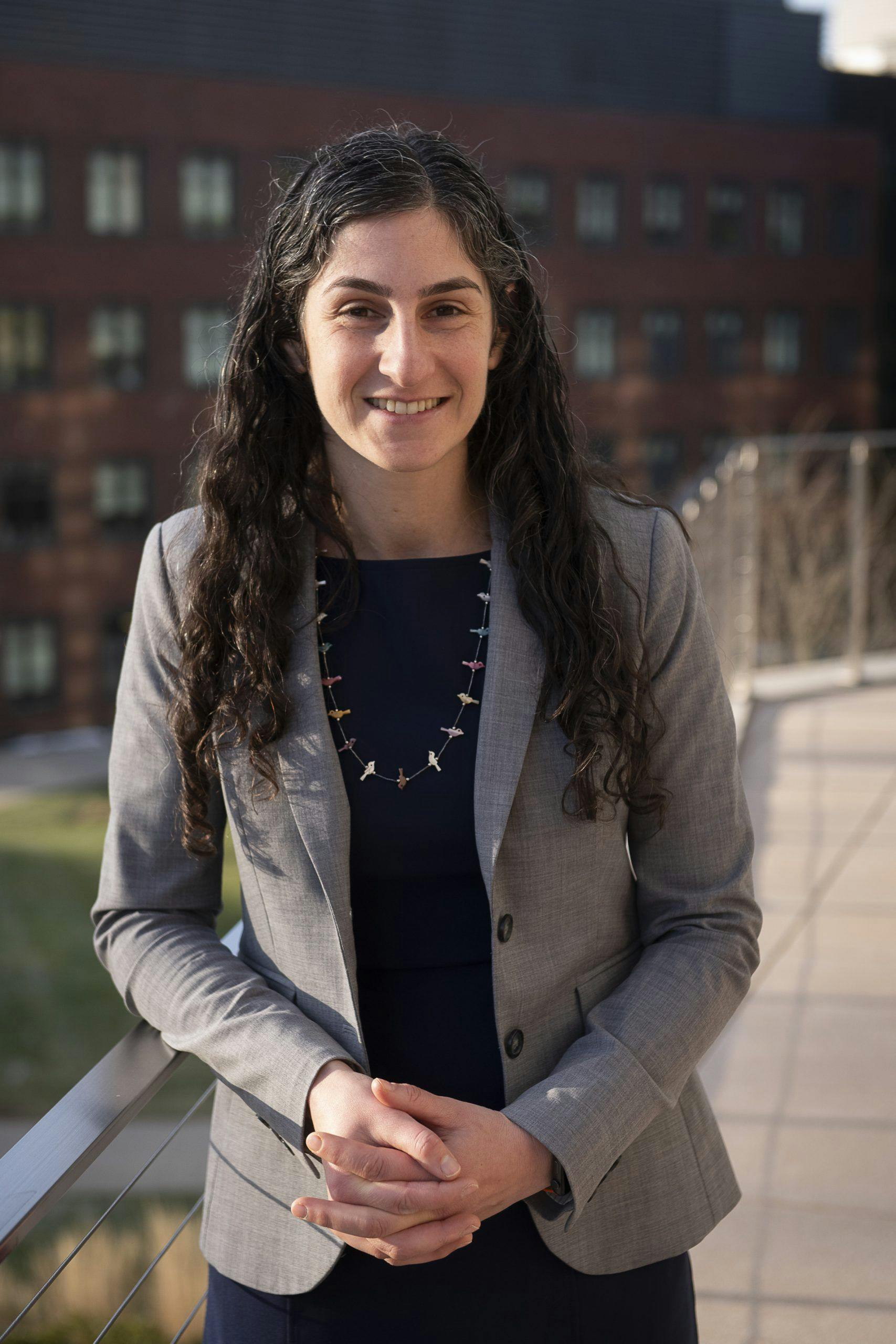
Jessica D. Schiffman is a Full Professor in the Department of Chemical Engineering at the University of Massachusetts Amherst. She holds a courtesy appointment in the Molecular and Cell Biology Graduate Program. Schiffman received her B.S. in Ceramic and Materials Engineering from Rutgers University and her M.Eng. in Materials Science and Engineering from Cornell University. Following working as an Engineer at Stryker Orthopedics for one year, she completed her Ph.D. degree in Materials Science and Engineering from Drexel University. Afterward, she was a postdoctoral associate in the Department of Chemical and Environmental Engineering at Yale University. Schiffman began her independent faculty career at the University of Massachusetts Amherst in 2011, where was promoted to Associate Professor in 2017, and to Full Professor in 2022. As a member of the faculty at the University of Massachusetts Amherst, she has served as the Interim Department Head and as the Associate Department Head of the Department of Chemical Engineering.

Dr. Schiffman has served on the Editorial Advisory Board of ACS Applied Materials & Interfaces. She has authored or co-authored 80 peer-reviewed articles, on basic and applied research topics at the interface of materials engineering, polymer science, and microbiology, and is the co-inventor of 11 patents or disclosures.
I recently spoke with Dr. Schiffman to learn more about her plans as Deputy Editor for ACS Applied Engineering Materials.
Welcome to the ACS Publications Team, Dr. Schiffman, and congratulations on your new role as the Founding Deputy Editor of ACS Applied Engineering Materials. Can you tell us a bit about what drew you to accepting a leadership position with this new journal?
Thank you! I am honored and delighted to serve as the Founding Deputy Editor of ACS Applied Engineering Materials. I’m also so excited that this journal has launched simultaneously with ACS Applied Optical Materials, which is being directed by Dr. Elena Galoppini.
As a materials scientist, I have always taken an interdisciplinary approach to creating new bioinspired materials; simultaneously, as a materials engineer, I have always designed the new materials with a specific application in mind, which has commonly been at the interface of polymer surfaces and microbiology. Hence, when a brand-new journal called ACS Applied Materials & Interfaces launched over 10 years ago, I was excited to have a true home within the ACS portfolio. As new sister ACS Applied Materials & Interfaces journals launched, they too were excellent homes for various aspects of our research. For example, my research team published an article in the first issue of ACS Applied Bio Materials on antifouling hydrogels, as well as an article in an early issue of ACS Applied Polymer Materials on high performance coatings.
I was drawn to accept this leadership position at ACS Applied Engineering Materials because I see the need for engineers and scientists who are developing materials that advance applications to have a clear home journal within the ACS portfolio. I hope that researchers will read the announcement for ACS Applied Engineering Materials and know that they have a home and community for their findings.
What are you most excited about as the journal opens for submissions?
Science is truly international, and I am most excited to see the creative solutions that researchers from around the globe develop to tackle society’s grand challenges. While of course I invite everyone to submit their articles, I’m particularly interested in supporting submissions from junior researchers and faculty who have recently started building their own research laboratories!
What kind of research reports are of particular interest to you? Are there specific challenges you hope articles in this journal can seek to address?
The scope of ACS Applied Engineering Materials is purposely very broad. I hope that researchers that are submitting to this journal have passions that drive them to perform the research, whether they are interested in improving the delivery of pharmaceuticals or developing superglue using green chemistry or improving the yield of reactions via the engineering of new catalysts. This journal can provide a home for engineered materials that address challenges that drive researchers.
What is key is that the research reports are high quality and provide critical insights into advancing biotechnology, a circular economy, protecting our environment, and so much more.
Do you have any advice for authors seeking to publish their papers with you?
Remember that ACS Applied Engineering Materials aims to publish high quality research on newly developed ceramics, metals, polymers, composites, 2D materials – all types of materials as long as an application is highlighted and demonstrated. If you are considering submitting an article to ACS Applied Engineering Materials, please check out our scope and publication guidelines, and as they become available read our published articles.
ACS Editors have also put together videos and a Virtual Issue of tips for authors to help master the art of scientific publication. Check out these fantastic resources too!
About the Journal
With its focus on innovative applications, ACS Applied Engineering Materials, also complements and expands the scope of existing ACS publications that focus on materials science discovery, including Biomacromolecules, Chemistry of Materials, Crystal Growth & Design, Industrial & Engineering Chemistry Research, Inorganic Chemistry, Langmuir, and Macromolecules.
Visit the journal website to learn more about the scope, to view the Author Guidelines, or to submit your manuscript.
Sign up to receive journal e-alerts to receive the first Issue straight to your inbox.